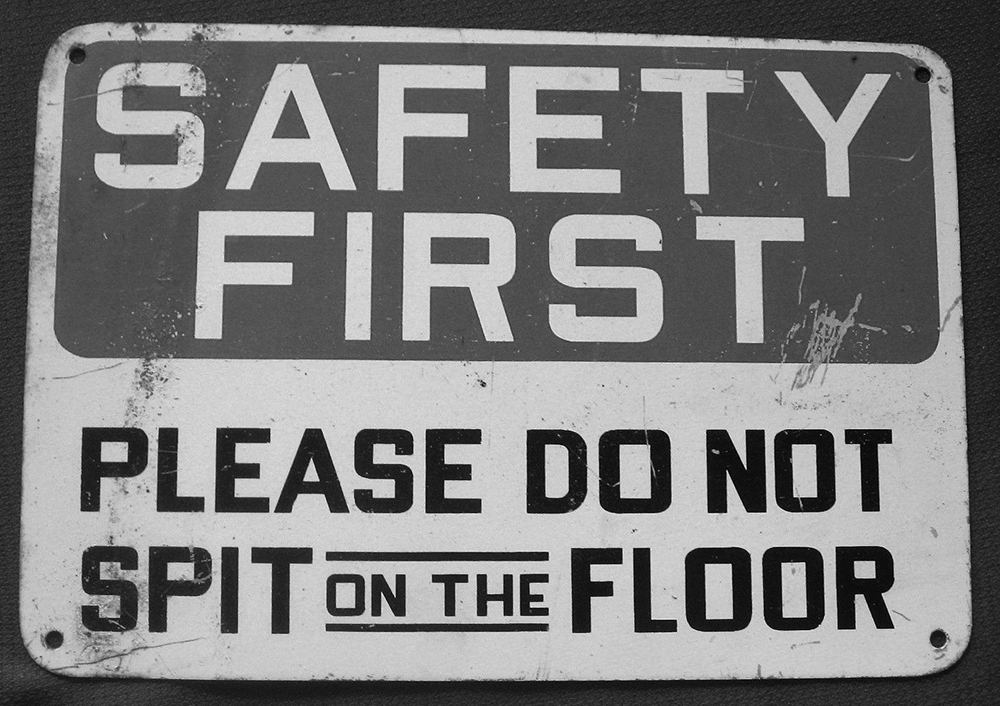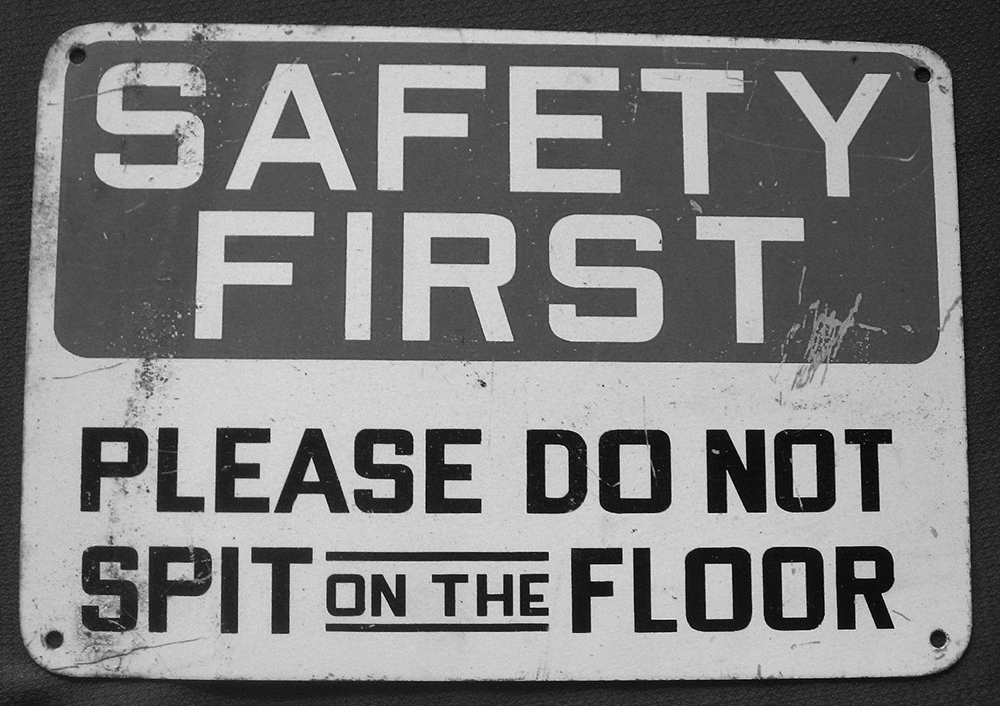
May 13, 2020
Spitting Images

The Food and Drug Administration announced on Friday, May 8, it is authorizing the first home saliva Covid-19 collection test. Spit provides a fairly accurate indication of whether or not antibodies to the corona virus live in the body and are doing their defensive job. As one medical expert noted in an online interview, “saliva is a mirror of the body.” Saliva enables doctors to pinpoint oral and body-wide health problems and as this form of saliva-based testing evolves to new levels of accuracy, it will be likely to highlight individual health status, genetic disease risk and ancestry issues.
Yet spit is not a pleasant word nor is spitting good manners.

Although saliva (and phlegm) is used to spit-polish shoes or is necessary when throwing spitballs in baseball, it also is imbued with various off-putting symbolic attributes: Spitting in someone’s face is a quintessential sign of disrespect. Spitting three times on the ground is a ritual response to something good or evil. Physiologically it is a worrisome means of expelling germs residing inside of our bodies and this is the why most cultures find hoicking or hawking a dangerous activity. At all times people are strongly cautioned — if not prohibited by ordinance — from spitting in public. In New York City it is a violation of Local Law 17 administered by the Department of Sanitation.

During this Covid-19 social distancing, conscious and unconscious spitting can be a deadly habit. But as these cautionary signs and prohibitory posters indicate this act is a common thread throughout the history of public health everywhere — corona virus or no.

Observed
View all
Observed
By Steven Heller
Related Posts

Arts + Culture
Nila Rezaei|Essays
“Dear mother, I made us a seat”: a Mother’s Day tribute to the women of Iran

The Observatory
Ellen McGirt|Books
Parable of the Redesigner

Arts + Culture
Jessica Helfand|Essays
Véronique Vienne : A Remembrance

Design As
Lee Moreau|Audio
Announcing: Design As Season Two
Recent Posts
“Dear mother, I made us a seat”: a Mother’s Day tribute to the women of Iran A quieter place: Sound designer Eddie Gandelman on composing a future that allows us to hear ourselves think It’s Not Easy Bein’ Green: ‘Wicked’ spells for struggle and solidarity Making Space: Jon M. Chu on Designing Your Own PathRelated Posts

Arts + Culture
Nila Rezaei|Essays
“Dear mother, I made us a seat”: a Mother’s Day tribute to the women of Iran

The Observatory
Ellen McGirt|Books
Parable of the Redesigner

Arts + Culture
Jessica Helfand|Essays
Véronique Vienne : A Remembrance

Design As
Lee Moreau|Audio

 Steven Heller is the co-chair (with Lita Talarico) of the School of Visual Arts MFA Design / Designer as Author + Entrepreneur program and the SVA Masters Workshop in Rome. He writes the Visuals column for the New York Times Book Review,
Steven Heller is the co-chair (with Lita Talarico) of the School of Visual Arts MFA Design / Designer as Author + Entrepreneur program and the SVA Masters Workshop in Rome. He writes the Visuals column for the New York Times Book Review,